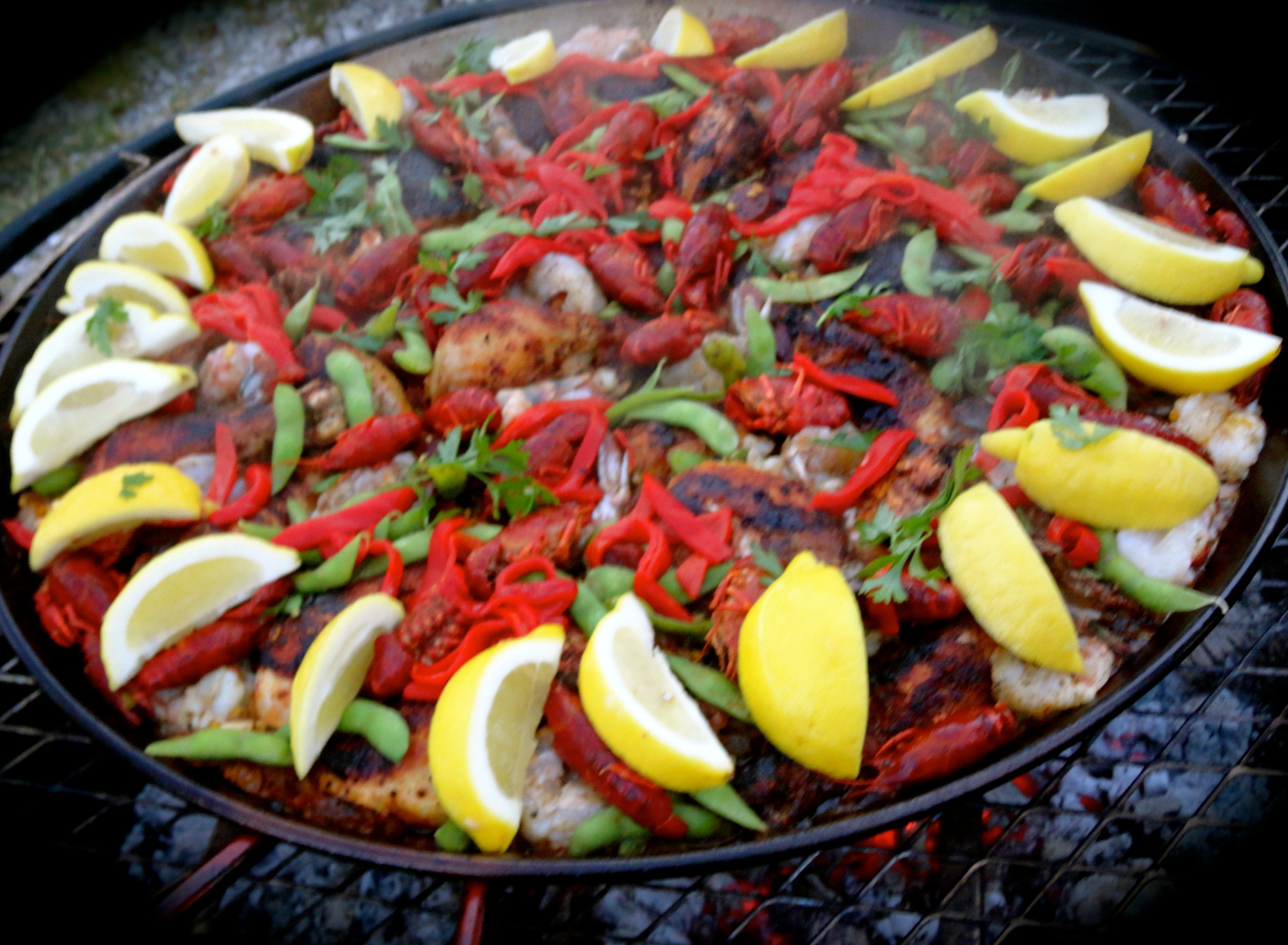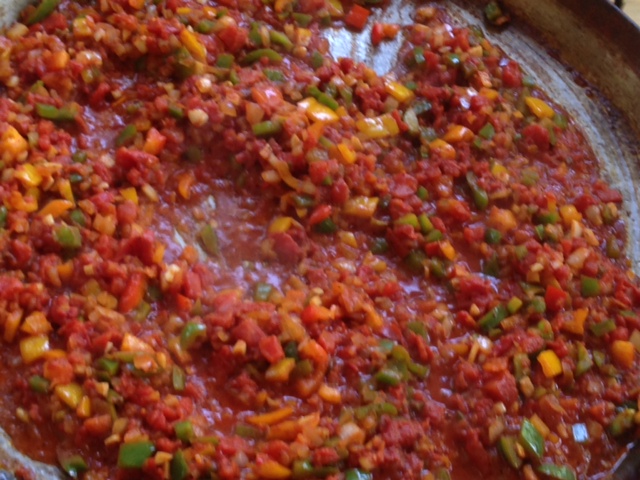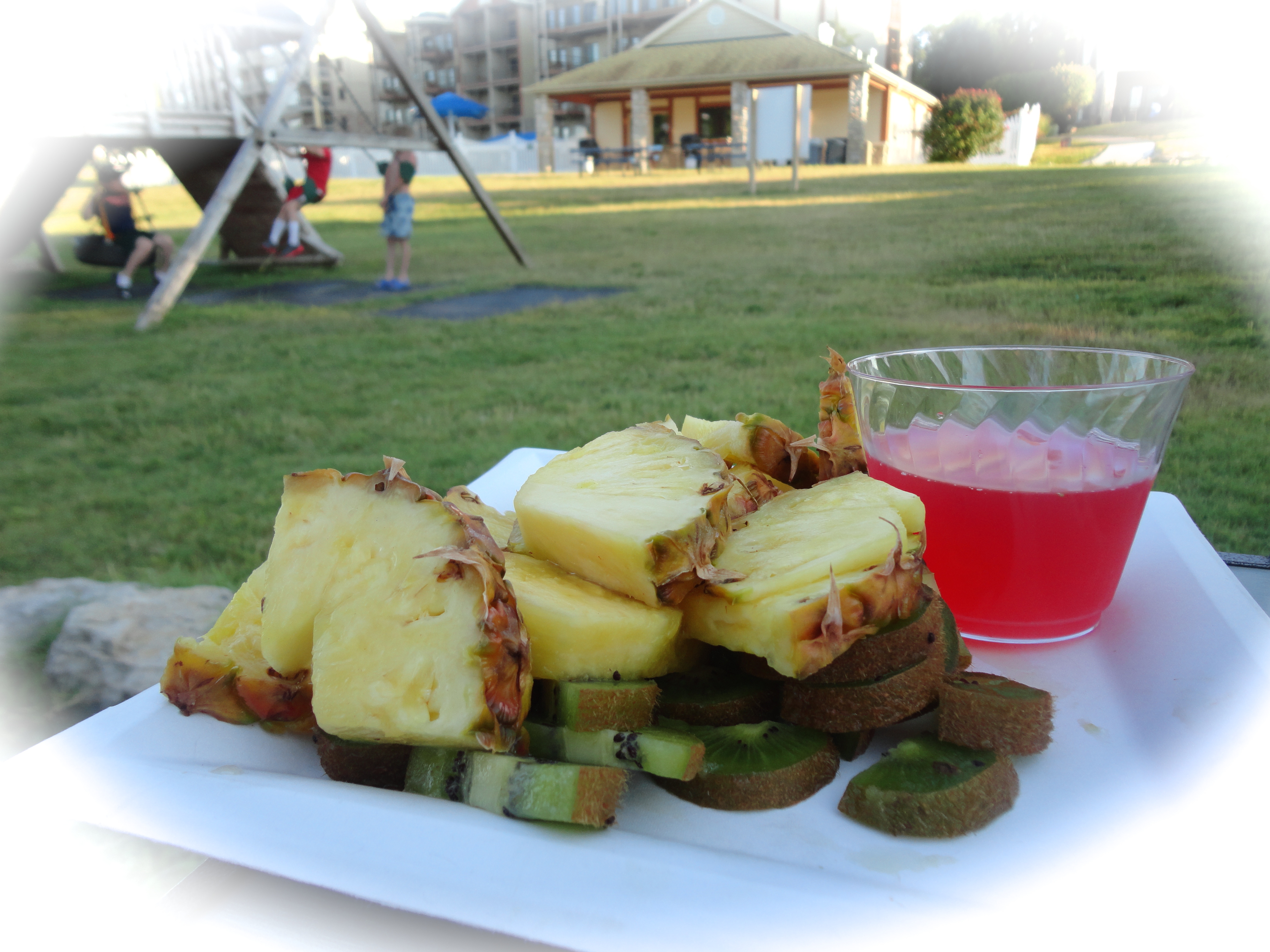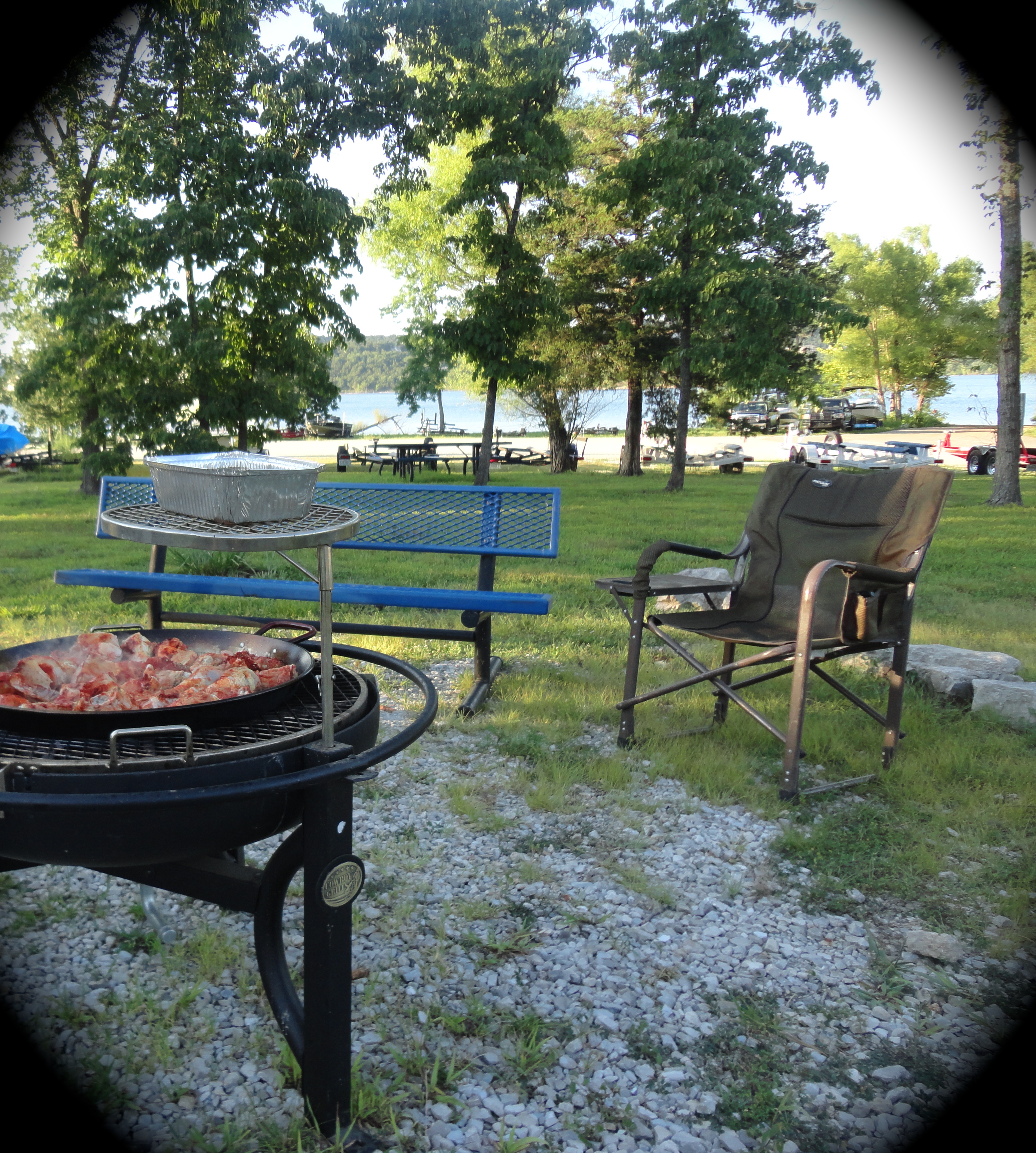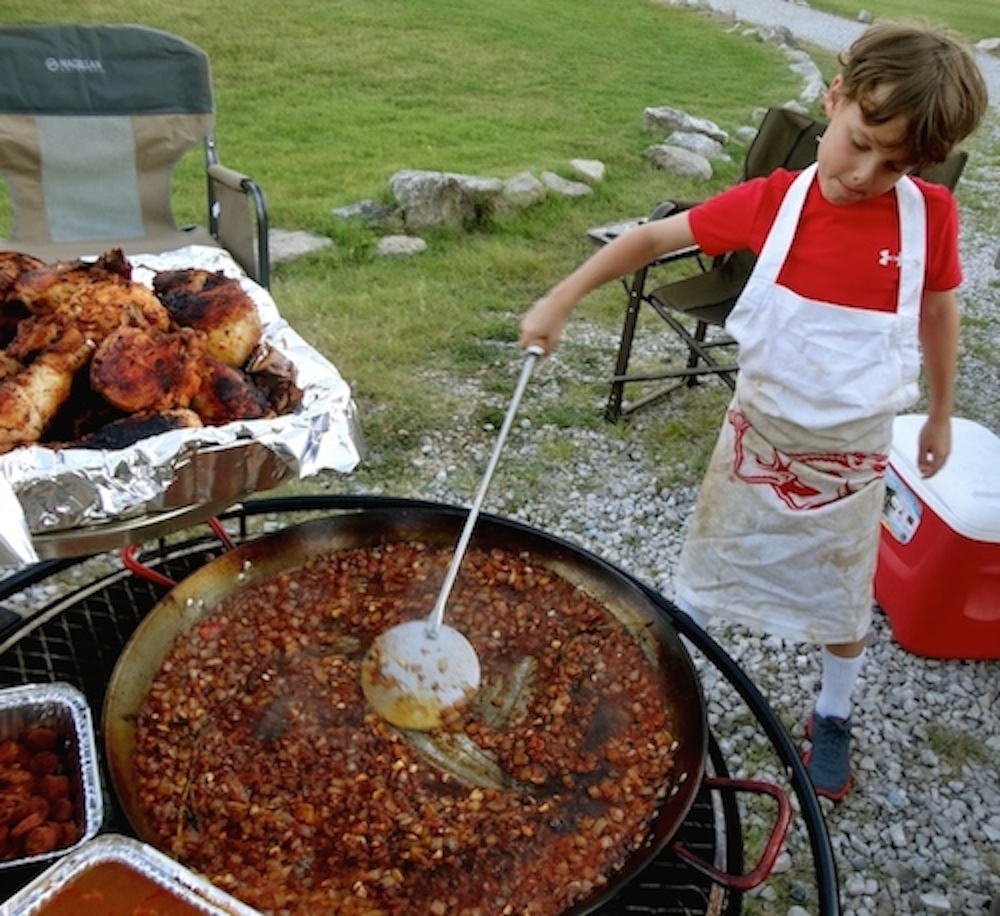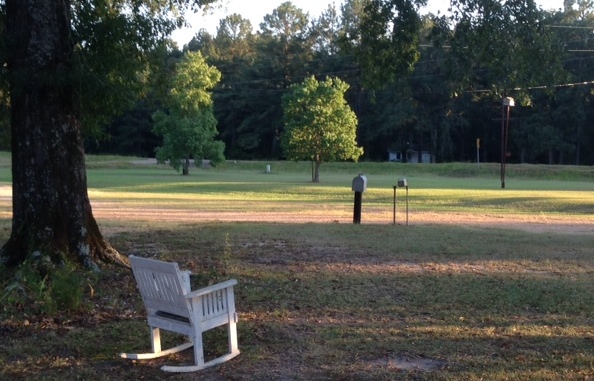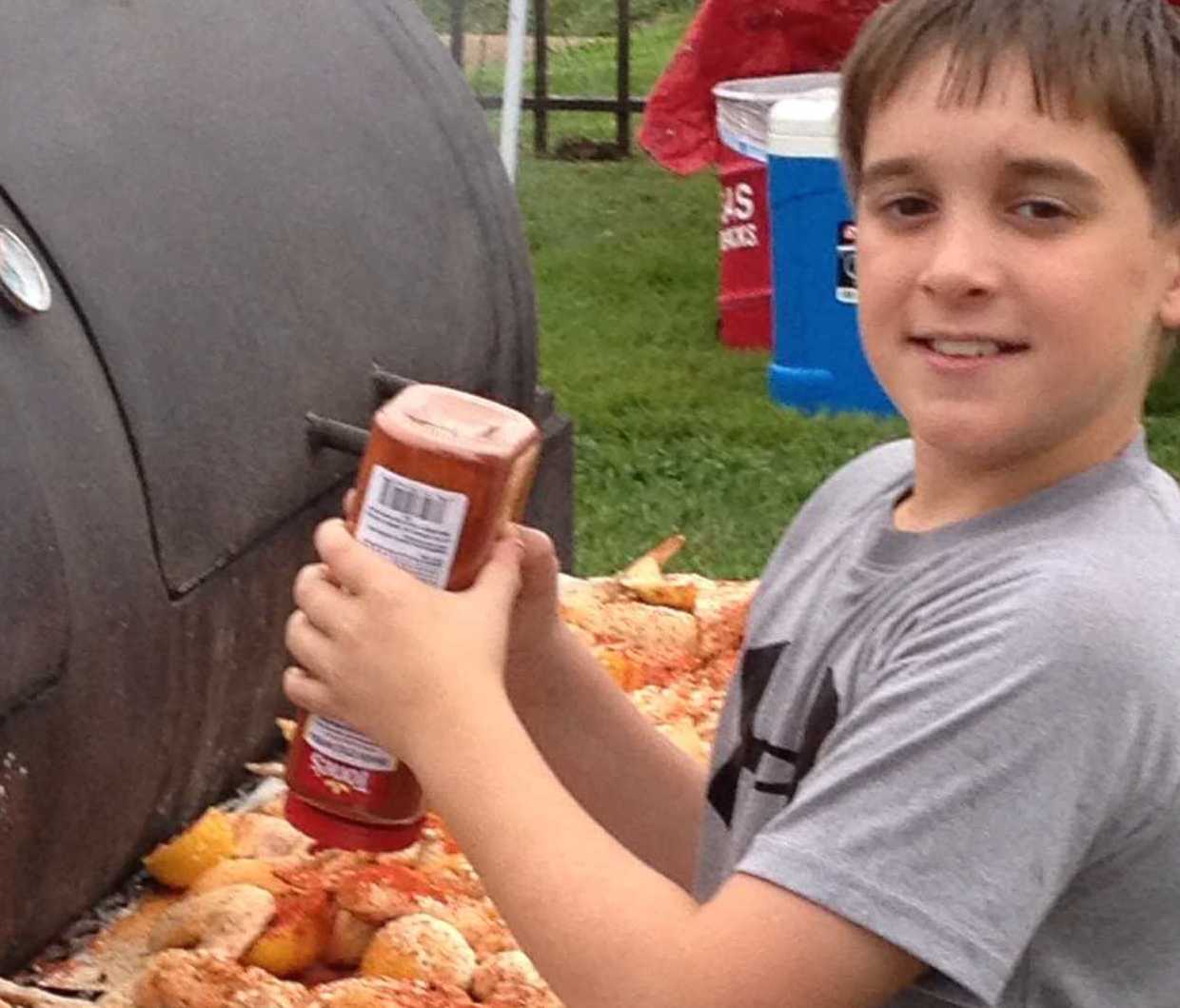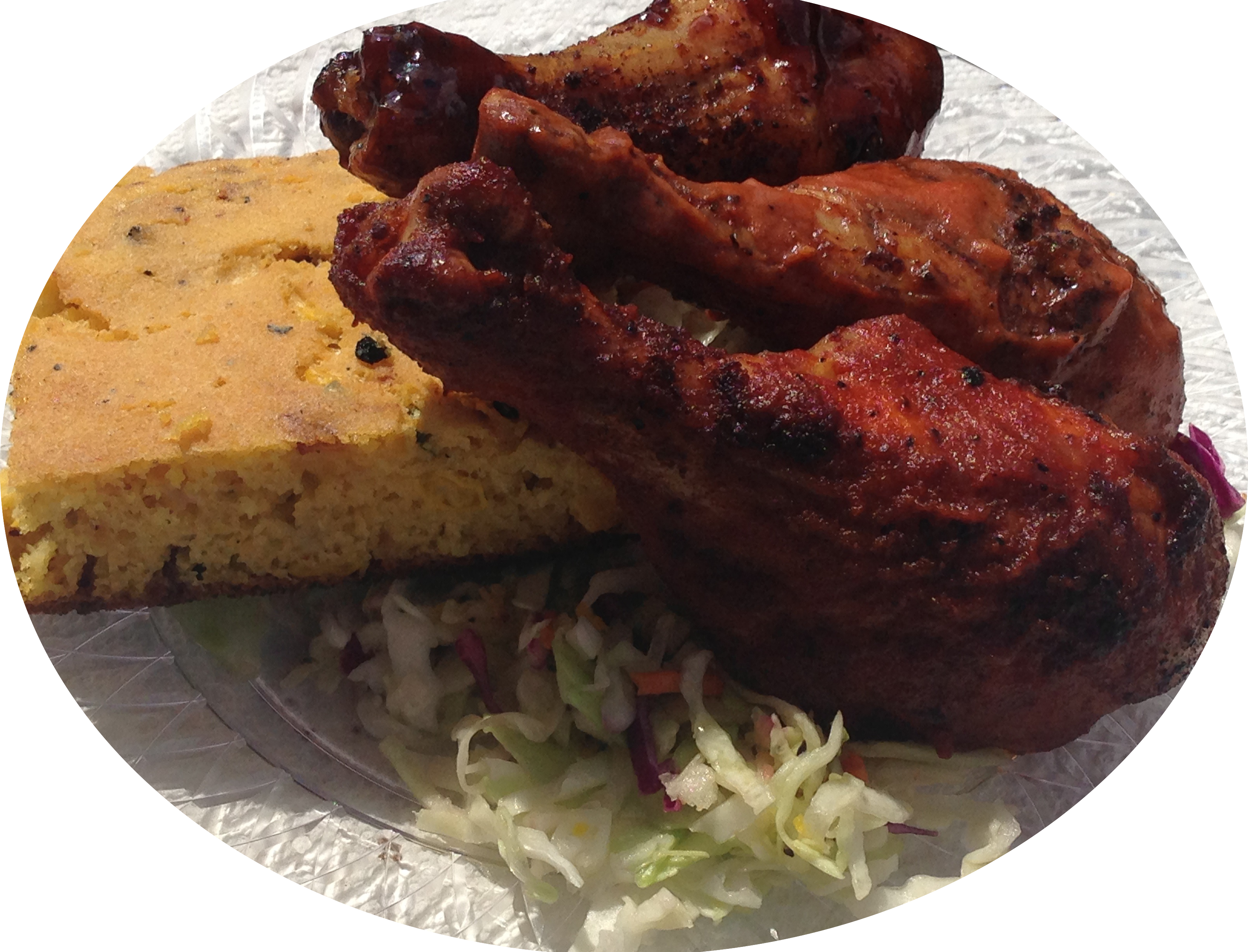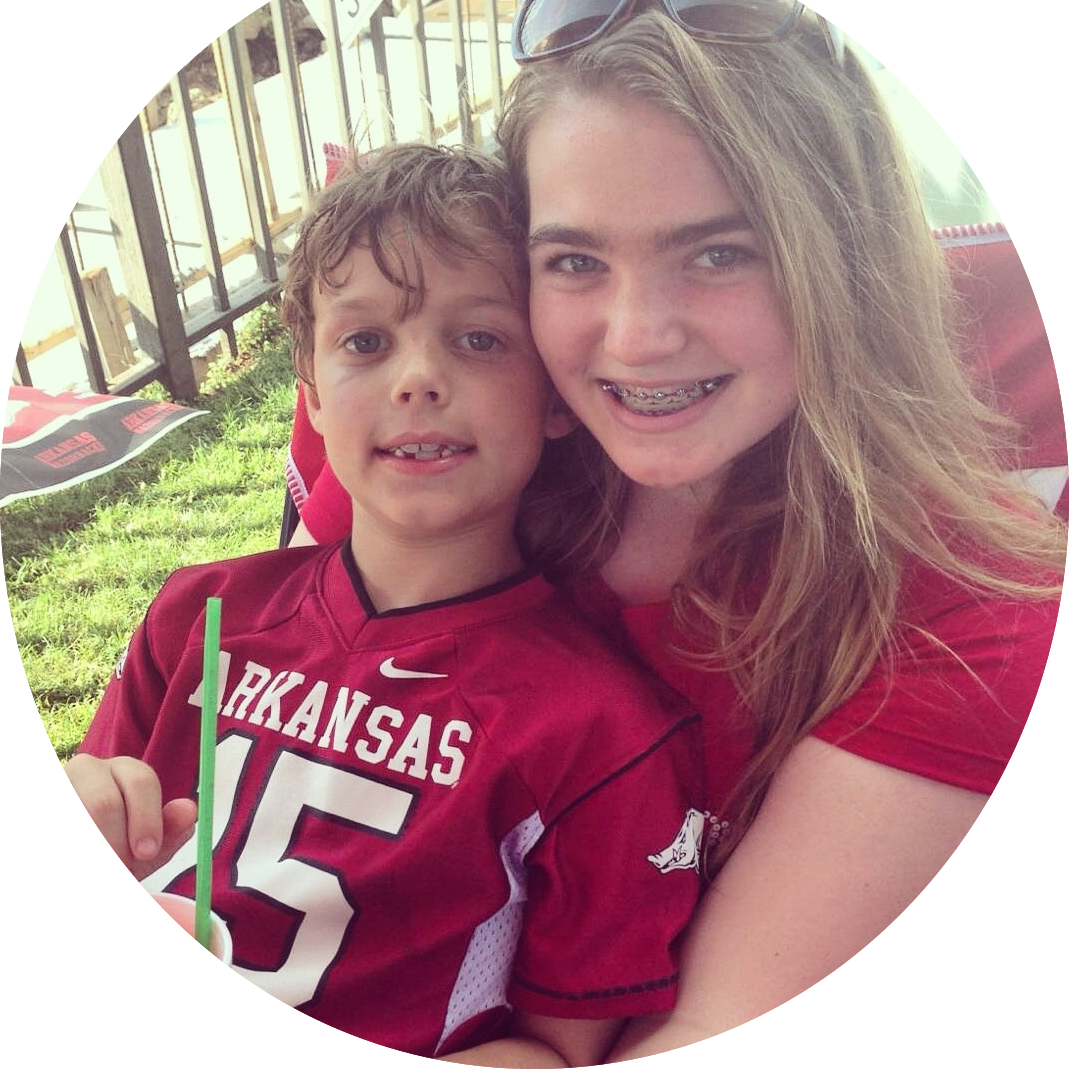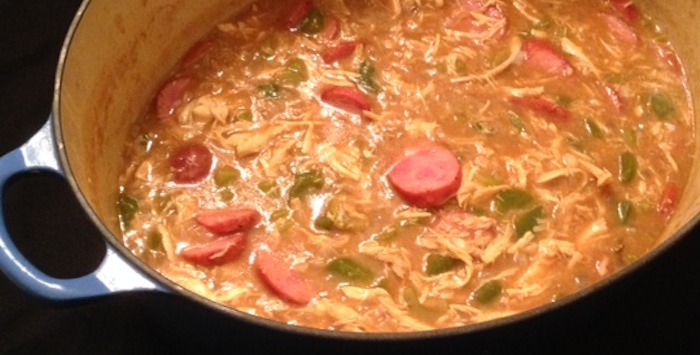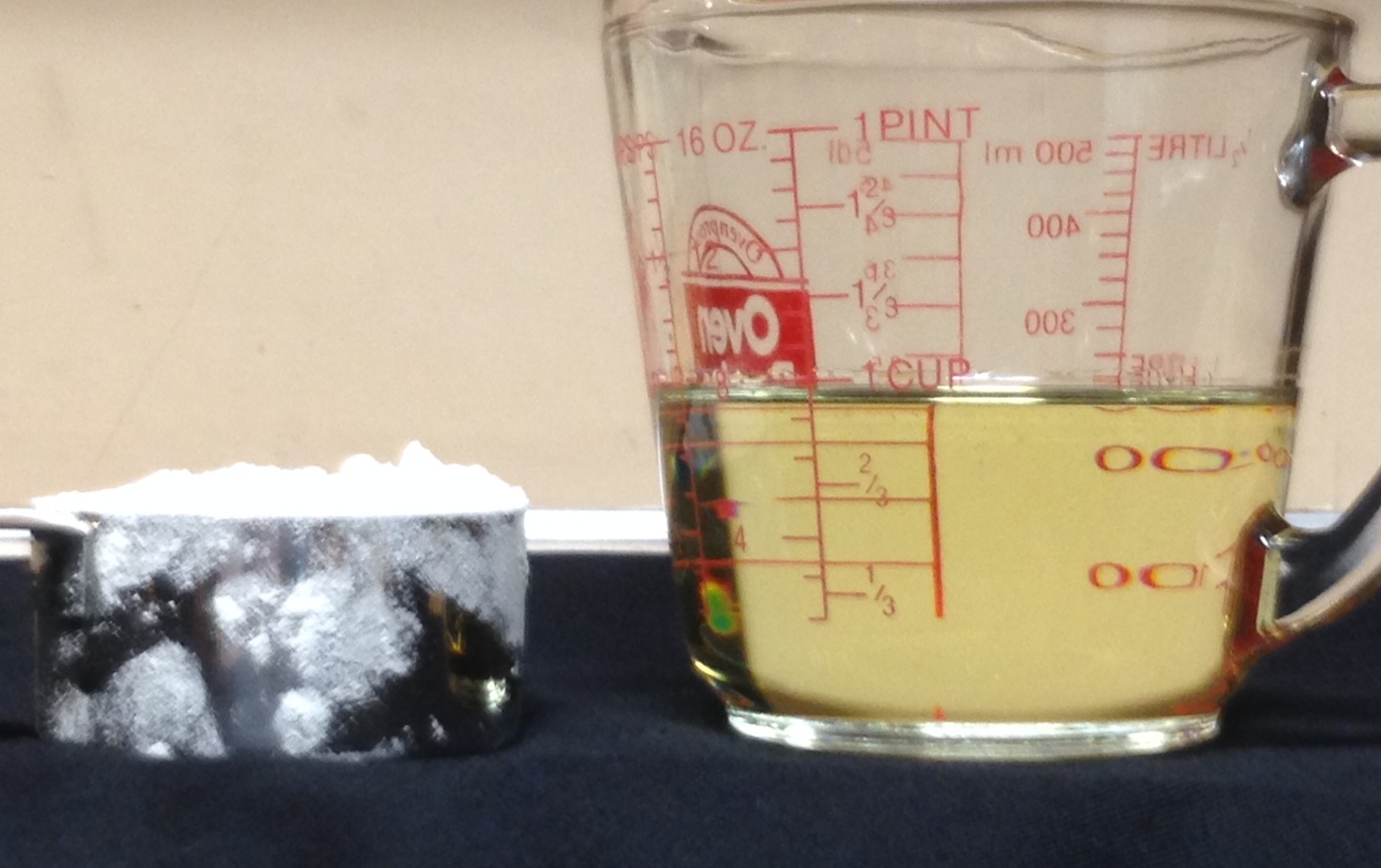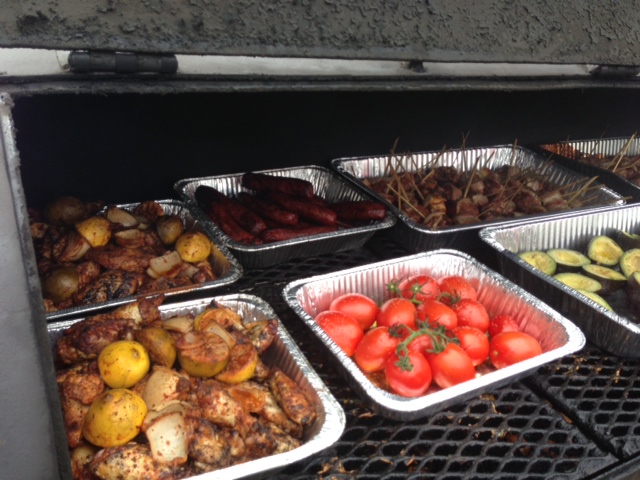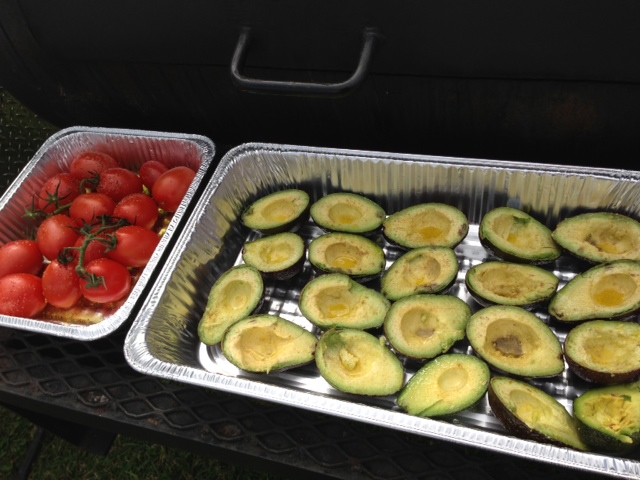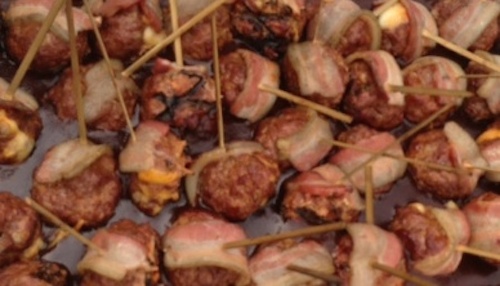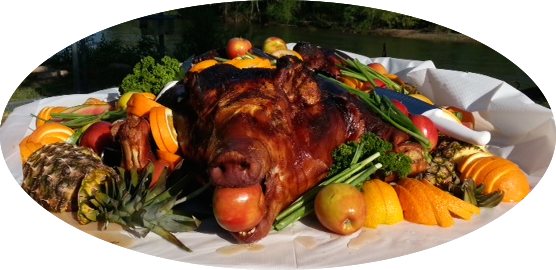I struggle to determine exactly when things begin —once something happens it seems it has always been so and my mind can’t sort out the moments before it happened —at least not very well. For instance, I cannot determine when I first heard the word “paella” uttered. Suffice it to say that growing up in South Arkansas, we did not regularly dine on paella. But somehow the notion of a paella began to dance in the Boar’s head.
I wonder why?
Months before our annual family trip to Lake Table Rock, my family traveled with friends to Santa Fe, New Mexico. I mentioned to our friends that I was interested in Spanish cuisine—especially, paella. Next thing we knew, I was skipping (or my version of walking happily) out of a Spanish cooking store with a paella pan big enough to serve twenty feasters, a long wood handled flat-spatula, two ounces of saffron, and a bag of paella rice. The pan balanced on our suitcases –and clamoring with every bump for hundreds of miles –served as the soundtrack to my daydreams of a paella feast —I’ve heard others in the car describe the sounds differently.
Back at home, I cleaned and seasoned my paella pan as visions of a feast began to form in my head, like a coming storm. The pan beckoned me as a blank canvas to an artist. I researched and studied for months, the urge growing stronger by the day. Finally, I decided to unleash the paella feast on my family during the Lake Table Rock trip.
My announcement to the family was met with questions along the line of, “we are having what?,” “what is that?” And my personal favorite from a boy who shall remain nameless (but with whom I share a roof), “Why don’t you just make ribs again like you did last year? Why are you always trying to make something nobody ever heard of?” Alas, the young lad solidified that which he sought to discourage —I’m sure a therapist will help him understand me later in life. I find few things as alluring as making a feast for the first time and serving it to feasters who have never heard of it before. The game was afoot.
In a later post, we will go step-by-step through our paella feast preparations, but today let’s explore why the Boar fixated on this dish…
tradition, unique pan, and fire…
Paella is a traditional rice dish of Spain —and the fact that it is typically prepared outdoors over an open fire in a large pan makes it an excellent feasting-food. The name of the dish comes from the special pan in which it is prepared. A paella pan is a large flat pan with short sides typically made of carbon steel (though other types exist).
fresh local ingredients…
Traditional paella was made with rabbit and snails. Hmm, isn’t that interesting…even with my credibility as a feast-maker not sure I can sell my family on rabbit and snail as part of a dish they never heard of. But looking more closely at the origins and development of paella, I discover that it was simply a rice dish to feature fresh local ingredients —rabbit and snail just happened to be what was at hand at the time, lucky them. Most paella today is made with some combination of fresh meat, seafood and vegetables.
aromatic, complex and unique flavor foundation…
The foundation (and many say the secret) of good paella (as with many Spanish dishes) is sofrito. While many variations exist, sofrito is an aromatic sauce made with tomatoes (typically grated or pureed), onions, and garlic (sometimes herbs and peppers are added). Sofrito infuses the paella (and nearby feast-watchers) with aroma and depth. The word sofrito means “gently fried.” To prepare sofrito for paella, the tomato, onion and garlic are slowly sautéed in olive oil —typically after meats have been browned in the oil creating a complex and unique flavor profile.
particular rice to absorb flavorful liquid…
Paella is essentially a rice dish —so, not surprisingly, the rice is important. The rice of choice is Bomba or Valencia. These are favored because of the short-grains that soak in more liquid than other varieties (three cups liquid to every one cup rice) which means the rice will absorb more of the powerful flavors of the sofrito and rich broths.
seductive essence…
Since the time of Cleopatra saffron has enjoyed a mystic allure as a seductive and powerful essence. Today, saffron is known as the Queen of Spices and is the most expensive spice (price estimates for one pound exceed $1,500 —no wonder its sold by the gram). Luckily, a little goes a long way. For paella saffron is dissolved in the broths to add color, flavor and allure.
celebration of the crusty edges…
The most prized part of paella is the Socarrat —the crusty part of rice on the edge and bottom of the pan where it singes and caramelizes. Obtaining a Socarrat requires patience and poise at the end of the paella cooking. Once the liquid is absorbed, the rice will begin to singe. The feast-maker must listen for the sizzle and smell the aroma of the caramelization judging for a toasty crust, instead of burnt rice —now you see why I took it as high praise when feasters came back for seconds requesting more of the crusty part of the rice.
______________
As the Boar sees it, paella is a celebration of tradition, local ingredients, and Spanish cooking techniques caramelized on an open fire in a uniquely designed vessel beckoning with a Cleopatra-like seduction.
Feast on the crust of life, my friend.
